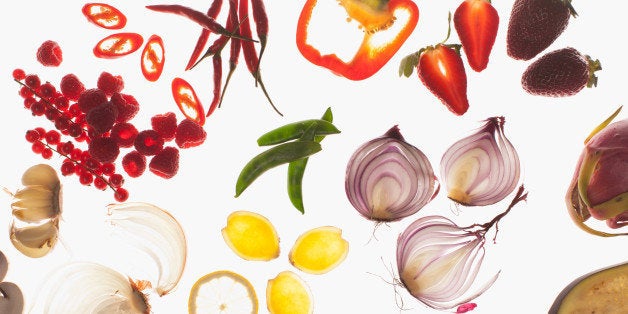
Scientists say that certain "powerhouse" fruits and vegetables can help stave off chronic illnesses like cardiovascular disease and certain cancers. But what exactly is a powerhouse food, and are some fruits and vegetables better than others when it comes to nutrients?
Dietary researcher Jennifer Di Noia, Ph.D., of William Paterson University set out to quantify exactly how good certain fruits and vegetables are for the human body. Out of 47 different foods she tested for nutrients, 41 made the cut to be considered "powerhouse" produce.
The results were published Thursday online in Preventing Chronic Disease, a peer-reviewed journal by the National Center for Chronic Disease Prevention and Health Promotion. In a Q&A with HuffPost, Di Noia explains how she ranked each fruit and vegetable, and which ones didn't make the cut. The powerhouse list follows after the interview.
HP: How did you develop this classification system for fruits and vegetables?
JD: Powerhouse fruits and vegetables (PFV) are described in the literature as green leafy, yellow/orange, citrus and cruciferous items -- but a clear definition was lacking. So I decided to look at densities of key nutrients in foods belonging to the aforementioned groups. I thought it would be easier for consumers to have a PFV list as there is often confusion about which foods belong in which groups.
HP: How would you describe the points system?
JD: It is a nutrients-to-calories ratio that expresses the mean of percent daily values for the qualifying nutrients the food provides per 100 calories. So higher-ranking foods provide more nutrients-per-calories.
HP: What are some of the important nutrients you were looking for?
JD: Nutrients of public health importance as per the Food and Agriculture Organization of the United Nations and Institute of Medicine, i.e., potassium, fiber, protein, calcium, iron, thiamin, riboflavin, niacin, folate, zinc and vitamins A, B6, B12, C, D, E and K.
HP: Why did some foods (raspberry, tangerine, cranberry, garlic, onion, and blueberry) not make the cut? People especially think blueberries are superfoods.
JD: Absolutely. They were not included because they were not rich sources of the qualifying nutrients. Their health benefits are likely due in part to the presence of phytochemicals. Had I been able to incorporate phytochemical data in the calculation of nutrient density scores, they may have made the cut.
HP: How should people use this point system? How do you advise people change their diets using this ranking?
JD: The PFV list will help consumers know what PFV are and help them choose them as part of their overall fruit and vegetable intake. The scores may help focus consumers on their daily energy needs/how best to get the most nutrients from their foods.
POWERHOUSE FRUITS AND VEGETABLES
Food: Nutrient Density Score
Watercress: 100.00
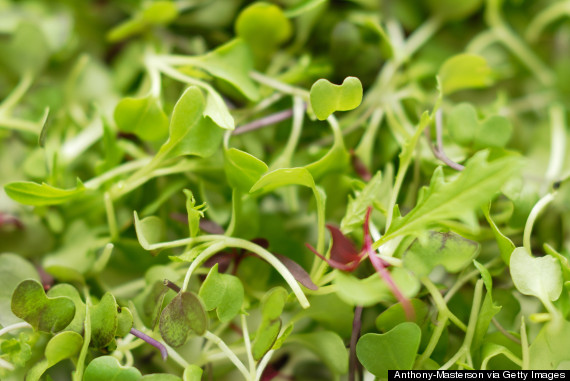
Chinese cabbage 91.99
Chard: 89.27
Beet green: 87.08
Spinach: 86.43
Chicory: 73.36
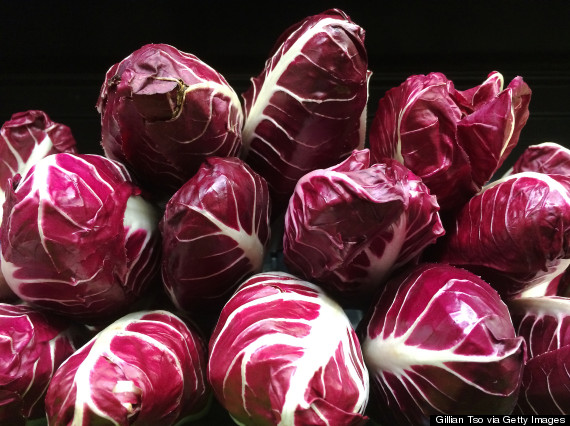
Leaf lettuce: 70.73
Parsley: 65.59
Romaine lettuce: 63.48
Collard green: 62.49
Turnip green: 62.12
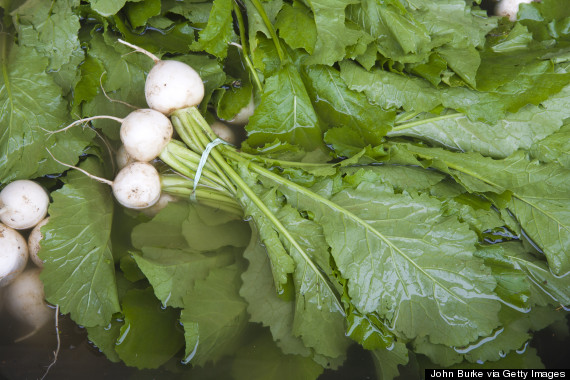
Mustard green: 61.39
Endive: 60.44
Chive: 54.80
Kale: 49.07
Dandelion green: 46.34
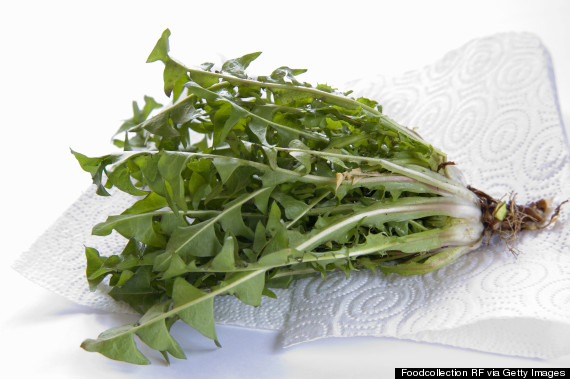
Red pepper: 41.26
Arugula: 37.65
Broccoli: 34.89
Pumpkin: 33.82
Brussels sprout: 32.23
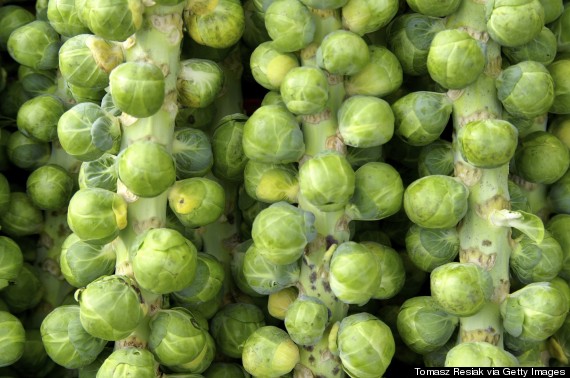
Scallion: 27.35
Kohlrabi: 25.92
Cauliflower: 25.13
Cabbage: 24.51
Carrot: 22.60
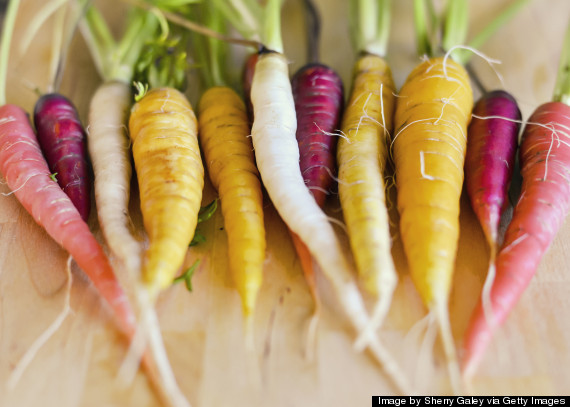
Tomato: 20.37
Lemon: 18.72
Iceberg lettuce: 18.28
Strawberry: 17.59
Radish: 16.91
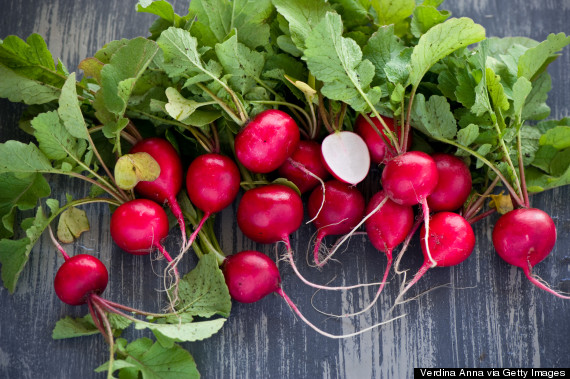
Winter squash (all varieties): 13.89
Orange: 12.91
Lime: 12.23
Grapefruit (pink and red): 11.64
Rutabaga: 11.58

Turnip: 11.43
Blackberry: 11.39
Leek: 10.69
Sweet potato: 10.51
Grapefruit (white): 10.47
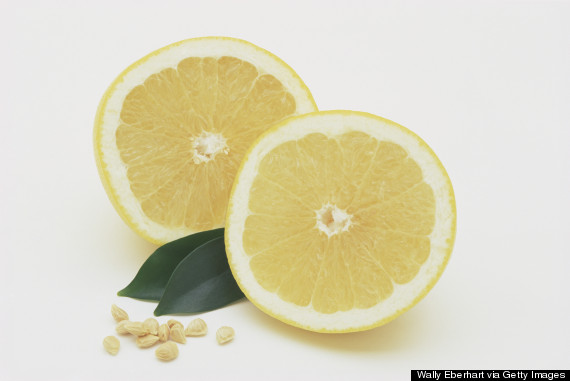
CORRECTION: A previous version of this article misspelled William Paterson University. We regret the error.